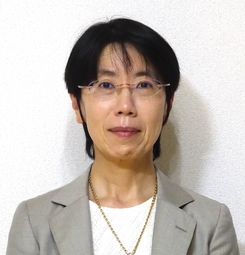
Masako Takuma
Abe Fellowship for Journalists 2019
Project Title
Establishment of rules for the Clinical Use of Human Germline Genome Editing Institutional Affiliation (at time of award)
Senior Science Communicator, Department of Museum Operations, Miraikan- the National Museum of Emerging Science and Innovation 